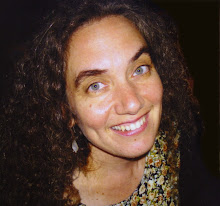The Woman in the Dunes
The Woman in the Dunes, by celebrated writer and thinker Kobo Abe, combines the essence of myth, suspense and the existential novel.
After
missing the last bus home following a day trip to the seashore, an
amateur entomologist is offered lodging for the night at the bottom of a
vast sand pit. But when he attempts to leave the next morning, he
quickly discovers that the locals have other plans. Held captive with
seemingly no chance of escape, he is tasked with shoveling back the
ever-advancing sand dunes that threaten to destroy the village. His only
companion is an odd young woman, and together their fates become
intertwined as they work side by side through this Sisyphean of tasks.
Kōbō Abe (安部 公房 Abe Kōbō), pseudonym of Kimifusa Abe, was a Japanese writer, playwright, photographer, and inventor.
He
was the son of a doctor and studied medicine at Tokyo University. He
never practised however, giving it up to join a literary group that
aimed to apply surrealist techniques to Marxist ideology.
Abe has
been often compared to Franz Kafka and Alberto Moravia for his surreal,
often nightmarish explorations of individuals in contemporary society
and his modernist sensibilities.
He was first published as a poet in 1947 with Mumei shishu ("Poems of an unknown poet") and as a novelist the following year with Owarishi michi no shirube ni
("The Road Sign at the End of the Street"), which established his
reputation. Though he did much work as an avant-garde novelist and
playwright, it was not until the publication of The Woman in the Dunes in 1962 that he won widespread international acclaim.
In the 1960s, he collaborated with Japanese director Hiroshi Teshigahara in the film adaptations of The Pitfall, Woman in the Dunes, The Face of Another and The Ruined Map.
In 1973, he founded an acting studio in Tokyo, where he trained
performers and directed plays. He was elected a Foreign Honorary Member
of the American Academy of Arts and Sciences in 1977.




No comments:
Post a Comment